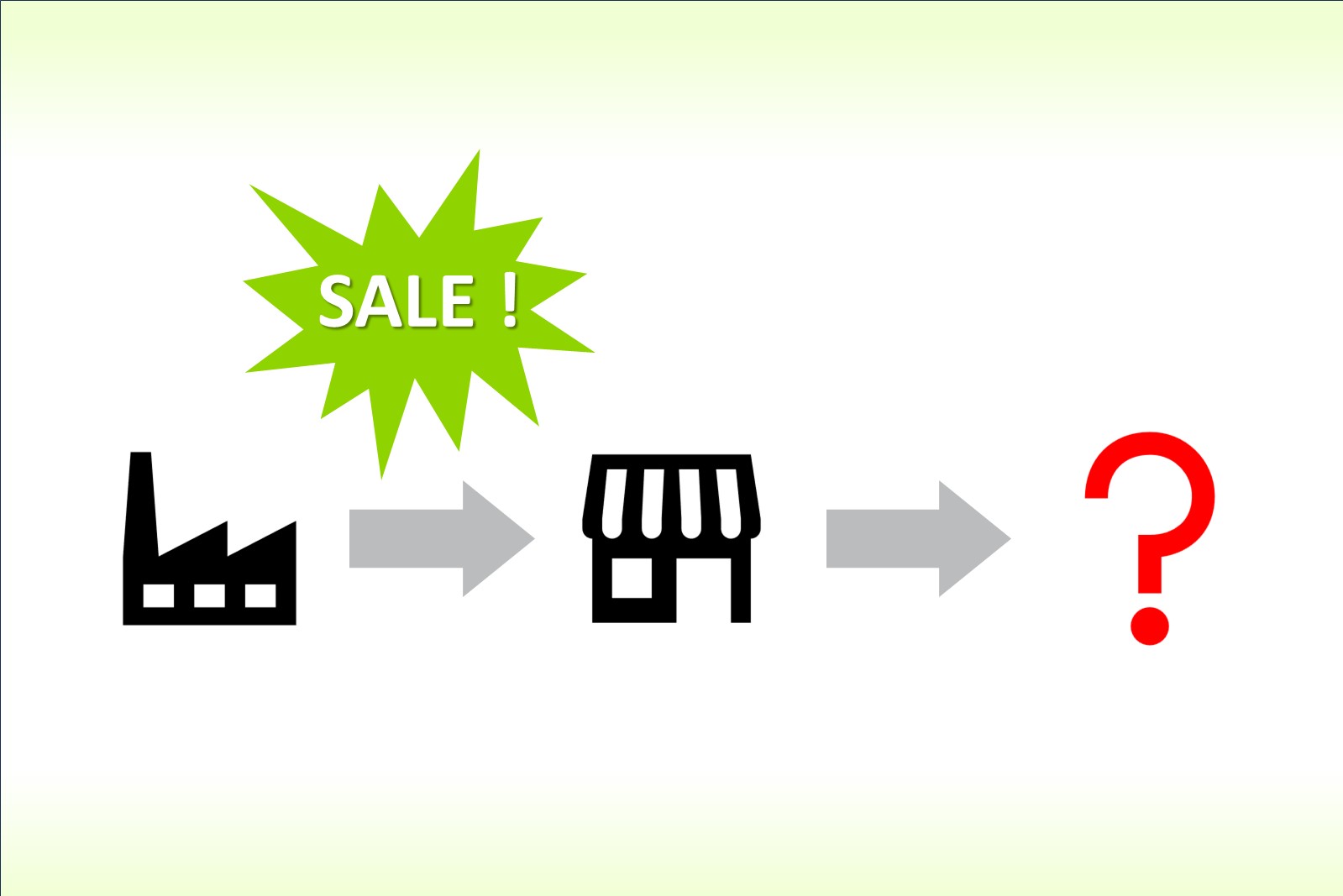
Anyone who has visited Japan will have encountered local convenience store chains. Even during a...
Anyone who has visited Japan will have encountered local convenience store chains. Even during a short trip to the country, it is almost impossible to miss them. There are more than 56,000 convenience stores across Japan, most of them operated by one of the following three large retailers: Seven-Eleven Japan, Lawson, or Family Mart. Stores can be found on the street, at airports, in hospitals and office buildings, and at various other locations where there is sufficient demand. The size of the market is over 100 billion USD, which is a quarter of the total Japanese retail food sector, an incredible opportunity for any food brand that can manage to place its products on their shelves.
Convenience stores in Japan have many unique features that differentiate them from grocery stores in Western countries. In this article, you will find out about the basics of their merchandising process and other key information to understand this market.
A typical convenience store in Japan carries close to 3,000 items on average. Franchise owners have the option to choose from a broader selection, but space and store layout-related limitations force them to stick with the above-mentioned number. These items can be stored at ambient, refrigerated, and frozen temperatures, while each product category has a pre-decided assortment format and location within a store.
Items are also distinguished based on their role. A small number are considered “fundamental products” that can be found in almost every store and are carried throughout the year. Every week, between 100 and 200 new items are introduced, and the same number of existing items becomes unavailable. This fast rotation results in dynamic sales floor changes and a high capability to respond to volatile consumer demand.
An item is usually eliminated for one of the following reasons: 1. Not selling well, 2. Product renewal, 3. Seasonal changes, 4. Quality-related issues, and 5. Out of stock.
Available stock, in particular, can be a major hurdle for an imported product. Initially, it is often difficult to make an accurate sales forecast, and if the product becomes more successful than expected, many stores may quickly sell out. Preparing a new shipment takes months or sometimes a whole year, during which time the product will not be available in stores. In the meantime, an alternative or competitor product may be introduced, or the market could turn in a different direction.

All three of the large Japanese convenience store chains have their own in-house product development teams for every food category. The main role of these teams is to facilitate, coordinate, and set the strategic direction for suppliers’ product development processes.
In the case of fresh food items, multiple large-sized food producers usually work on a single product, which is later produced at an exclusive production facility of the convenience store chain. Each supplier utilizes its competitive edge to achieve the best final result. For example, in the case of sandwiches, bread, salad, and ham are supplied by different companies that specialize in a particular ingredient. The merchandising team coordinates different suppliers and every aspect of the product development process.

A large portion of non-fresh food items is private branded. The role and positioning of these items differ between convenience store chains. Seven-Eleven Japan’s Seven Premium series aims to be less expensive than other branded products, while offering the same or better quality. To achieve this, the company collaborates with the most prestigious producers inside and outside the country, such as the cosmetics giant Shiseido, the cup noodle producer Nissin, and the beverage maker Asahi. The company also added a high-end selection, Seven Premium Gold, to its private brand assortment. These products aim to provide the highest quality level in each product category. For example, Seven Premium Gold instant cup ramen, “Tsuta,” was developed with Japanese Soba Noodles Tsuta, a restaurant that received a Michelin star for four consecutive years. The product follows the original recipe using similar ingredients, such as black truffles and porcini mushrooms.

While Japanese convenience store chains used to mainly sell products from domestic manufacturers, recent trends show that imported brands can also be successful on their shelves. Large foreign companies, such as Lindt, Godiva, Heineken, and Coca-Cola, have built up a strong presence with localized products and on-site marketing, but smaller brands, such as the French chocolatier Pierre Hermé, have also achieved similar sales results through this channel.
Many requirements need to be met to introduce an imported brand to any of the convenience store chains in Japan, but the results can be rewarding. Contact TOO International if your food brand needs local support or if you need more information on the Japanese market.

5-year import data (2020–2024) reveal Japan’s fast-growing drink categories and 2026 outlook.

Business development tactics to help import F&B brands in Japan prepare for and grow beyond entry.

Why sales fails in Japan – and why business development is key for import F&B brands.